Pin Oak - Why are leaves going yellow?
tugg01
10 years ago
Related Stories

FALL GARDENING5 Ways to Put Fall Leaves to Work in Your Garden
Improve your soil and yard the organic way with a valuable garden booster that grows on trees
Full Story
REMODELING GUIDESInterior Brick: Paint it or Leave It?
Here's how to know if covering that brick is a sin or solution
Full Story
LAUNDRY ROOMSRoom of the Day: The Laundry Room No One Wants to Leave
The Hardworking Home: Ocean views, vaulted ceilings and extensive counter and storage space make this hub a joy to work in
Full Story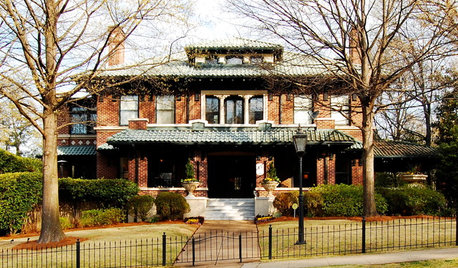
ARCHITECTUREStates of Style: Alabama’s Icons Leave Their Mark
In the first of a new series, discover the natural beauty, the architectural icons and some of our favorite homes deep in the heart of Dixie
Full Story
HOUZZ TOURSMy Houzz: Going White and Bright in Montreal
White lacquer and wider doorways help create an airer backdrop for colorful contemporary art in a 1910 Arts and Crafts home
Full Story
DECORATING GUIDESPaint Color Ideas: 7 Bright Ways With Yellow and Orange
Go with the glow. These sample palettes and room examples show you how to work with two of the happiest hues around
Full Story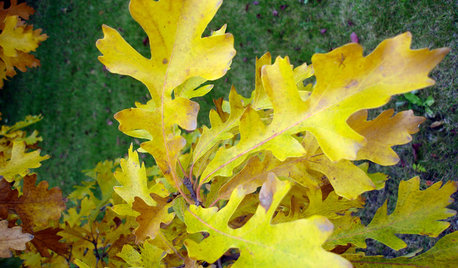
GARDENING GUIDESCelebrate Eastern Oaks for Wildlife, Longevity and Seasonal Interest
There might not be a more important tree to have in your eastern U.S. landscape — if you can fit one in
Full Story
KITCHEN OF THE WEEKKitchen of the Week: Fans of Traditional Style Go For a ‘Mad Men’ Look
The TV show inspires a couple to turn their back on the style they knew and embrace a more fun and funkier vibe in their kitchen
Full Story
DECORATING GUIDESEdit Keepsakes With Confidence — What to Let Go and What to Keep
If mementos are weighing you down more than bringing you joy, here's how to lighten your load with no regrets
Full Story
MOST POPULARHouzz Tour: Going Off the Grid in 140 Square Feet
WIth $40,000 and a vision of living more simply, a California designer builds her ‘forever’ home — a tiny house on wheels
Full StoryMore Discussions






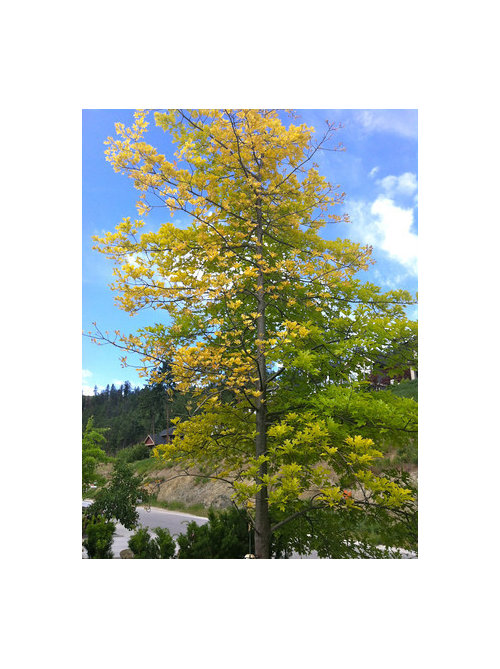

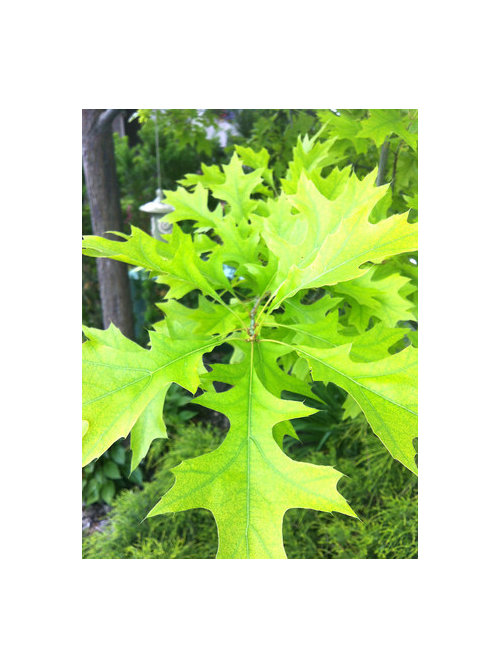
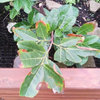
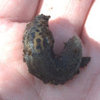
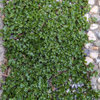
ken_adrian Adrian MI cold Z5
ronalawn82
Related Professionals
Kenmore Landscape Architects & Landscape Designers · Saint Matthews Landscape Architects & Landscape Designers · Winder Landscape Architects & Landscape Designers · Davis Landscape Contractors · Deer Park Landscape Contractors · Desert Hot Springs Landscape Contractors · Ellensburg Landscape Contractors · Emmaus Landscape Contractors · Los Banos Landscape Contractors · North Potomac Landscape Contractors · Ocoee Landscape Contractors · South Lyon Landscape Contractors · Camp Springs Landscape Contractors · Clearfield Landscape Contractors · Immokalee Stone, Pavers & ConcreteKimmsr
tugg01Original Author
kimpa zone 9b N. Florida.
ken_adrian Adrian MI cold Z5